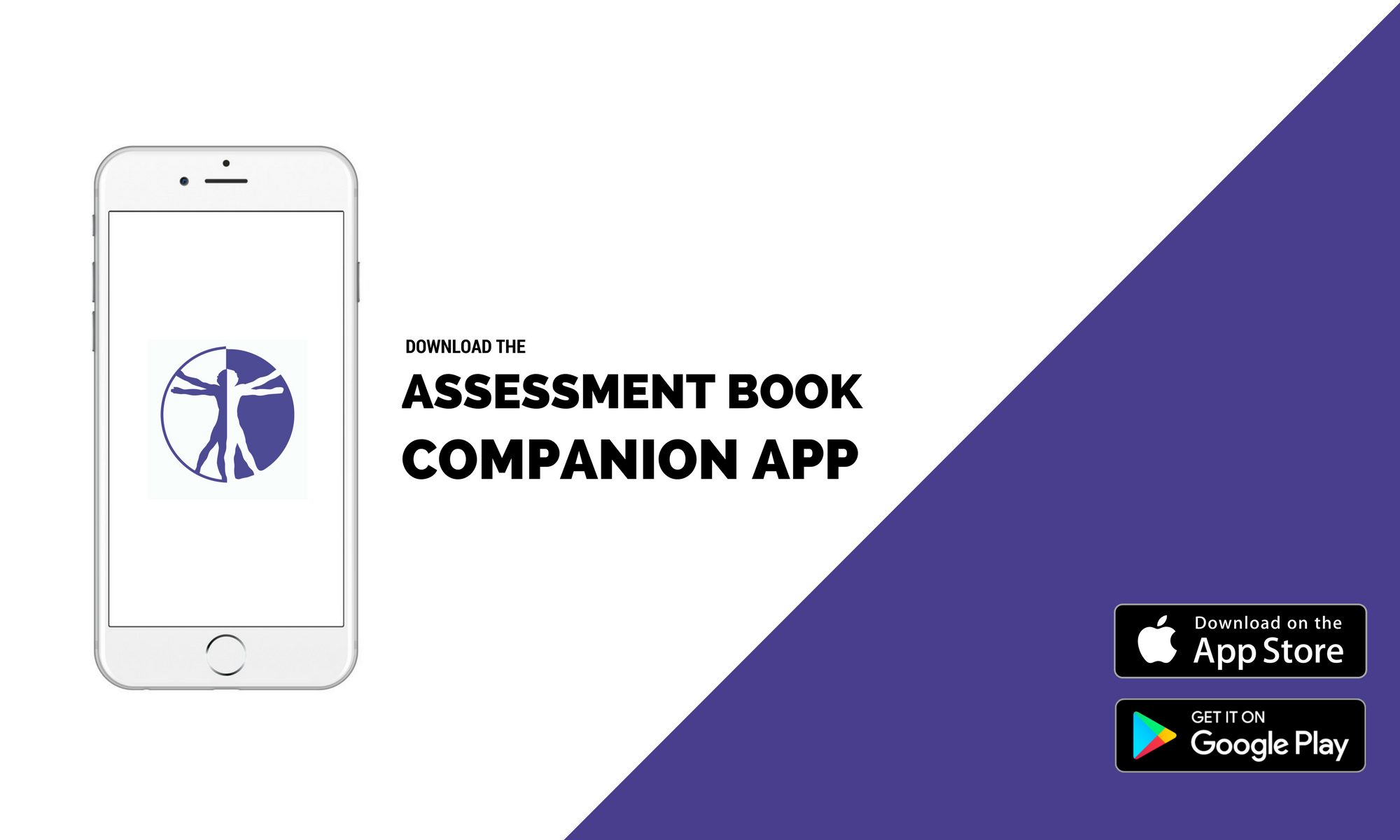Execution:
- Place 4 strips of tape on the ground at an angle of 45°
- Before starting the test, 4-6 practice trials in each direction are allowed after which your patient can rest for 5 minutes
- Have your patient stand barefoot on one limb in the middle of the star with the hands on the hips. Then ask him to reach as far as possible on each tape strip with his foot of the other limb touching the ground only lightly with the toes
- The examiner marks the most distal point on the tape with a pen for each 8 trials and each round
- A full circuit is complete if all 8 directions have been covered with one limb for 3 rounds
- Repeat the steps 2-5 for the other limb
N.B. A trial is not considered complete if the participant touches the tape heavily, comes to rest at the midpoint, has to make contact with the ground to maintain balance or shifts the foot of the stance limb during the trial
Outcome: The average reach of the 3 trials in each direction (1-8) are calculated (p.e. direction 1 = (Reach 1 + Reach 2 + Reach 3) / 3). In total 16 values (8 for the right leg and 8 for the left leg) are calculated.
Then the average distance in each direction is calculated and divided through the patient’s leg length multiplied by 100. (Average distance in each direction / leg length * 100) for a percentage score.
|
Study |
Reliability | Sn | Sp | LR+ | LR- |
| Gribble et al. (2013) | Inter-rater ICC = 0.86-0.92 | NA | NA | NA |
NA |
| Powden et al. (2019) | Intra-rater ICC=0.88 Inter-rater ICC=0.88 |
NA | NA | NA |
NA |
|
Comment: The systematic review by Powden et al. (2019) evaluated the SEBT and Y-Balance test for the lower limb as one |
|||||
![]()
